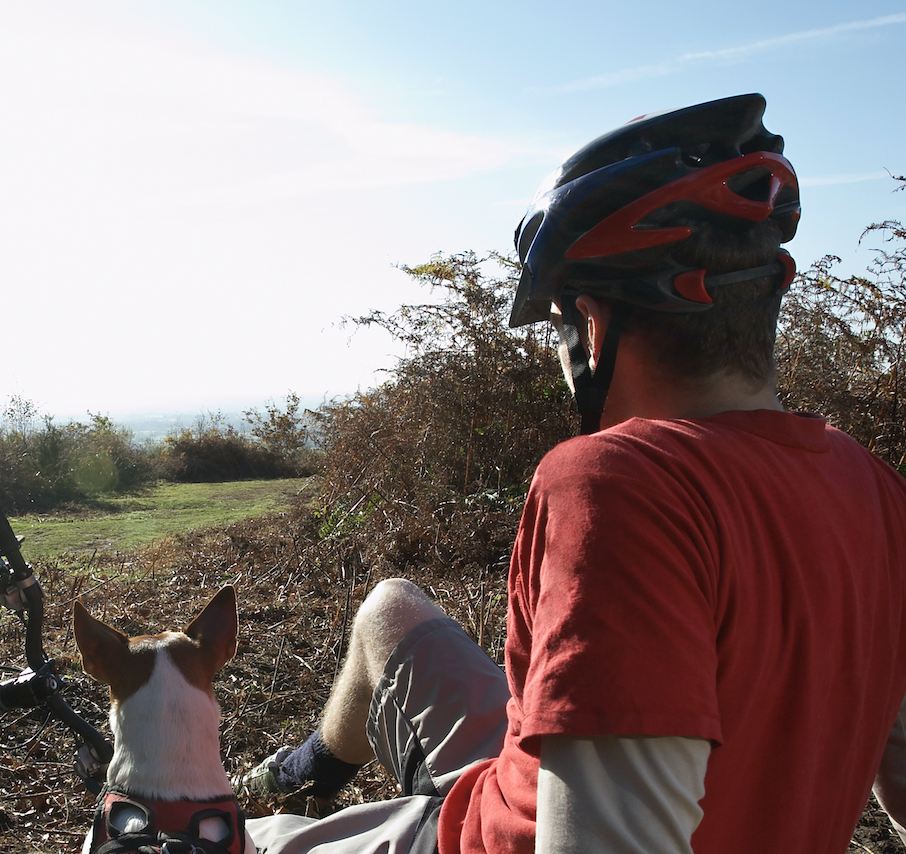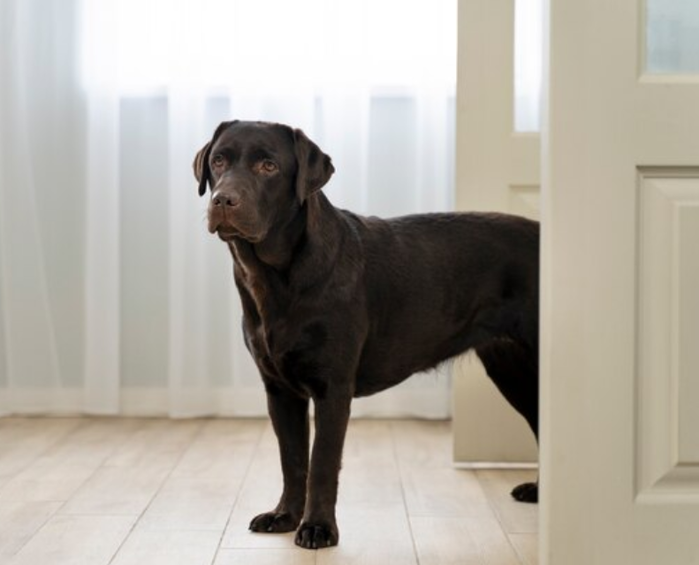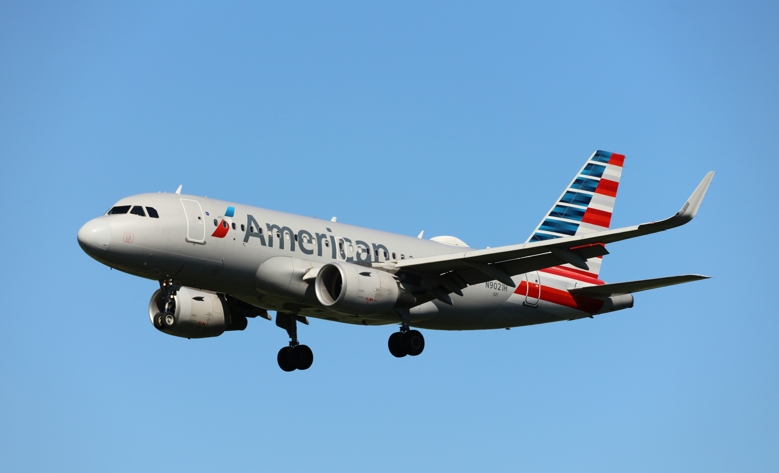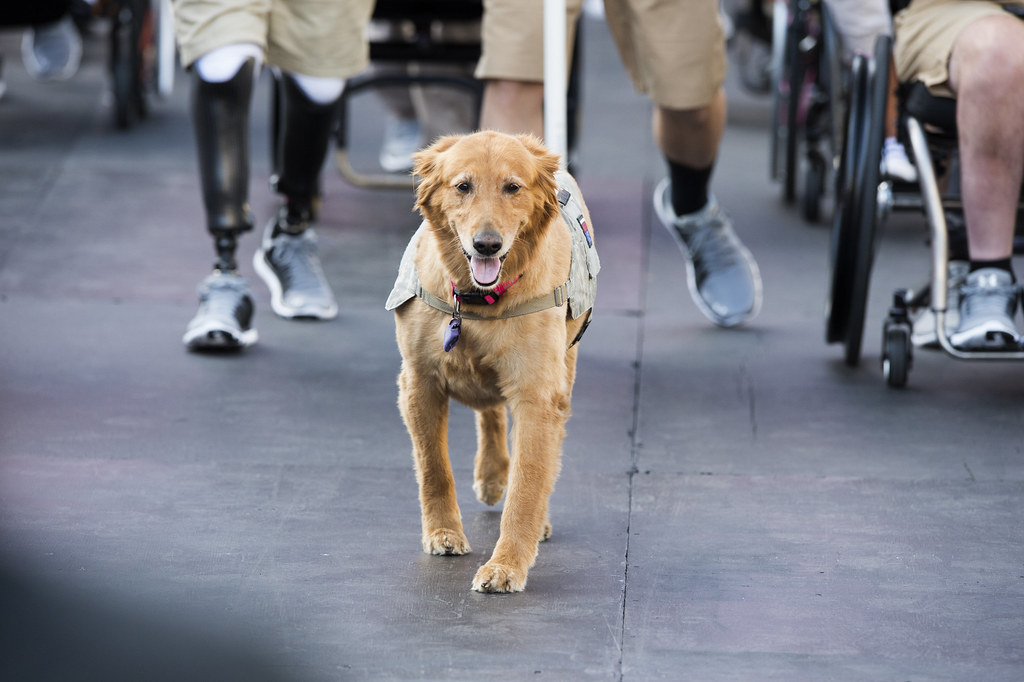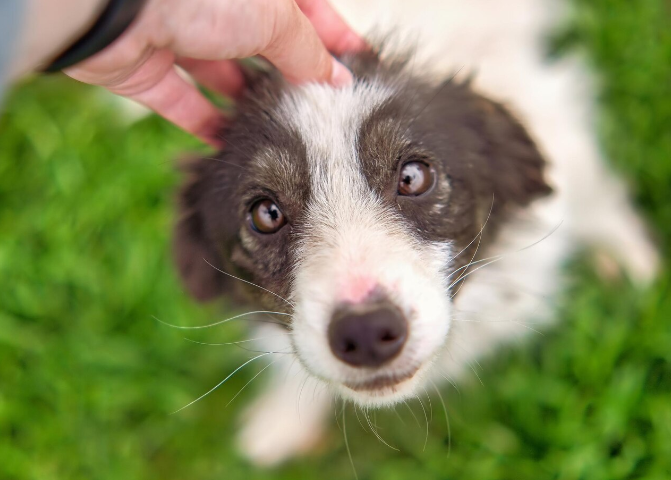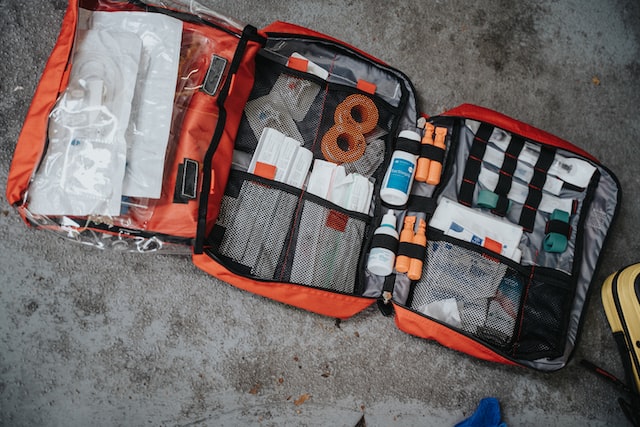
Service Dogs and Protection Dogs are not pets and most importantly — they are not the same type of working animal. Service dogs are not pets and they are specially trained either professionally or individually to assist their handler with a disability that can be physical and/or mental. Emotional Support Animals (ESA) are not service animals and they are not considered working animals as they are not specially trained and have limited function. Protection dogs are professionally trained animals with very specific skills that are dedicated to protecting their handler through attack and intimidation. Both types of dogs are trained to work for a person and provide a valuable service. You need to understand that there is a big rift between Service dogs and Protection dogs in legal, mental, and social terms.
Differentiated by Rights of Access
In legal terms, service dogs have full and unrestricted access just like regular citizens. Service dogs are not required to carry any identification on their body (in most states, the UK, and the EU). However, Protection dogs need to carry a vest that clearly states their purpose and these types of dogs have limited access compared to the service dogs.
Both Working Dogs Have Very Different Mentality
The mentality of Protection dogs is very different from Service dogs. While both types of working animals can create a sense of security you have to acknowledge that Protection dogs will use intimidation tactics like barking and potentially bite any person near their handler. On the other hand, service dogs are calm, focused, friendly, and inspire affection in the people around them.
Protection Dogs and Service Dogs Have Contrasting Roles
In social terms, service dogs have a great reputation thanks to their noble purpose, dedication, reliability, and loyalty. Protection dogs are usually involved in bodyguard work, extreme environments, and often inflict damage to protect their handler. Protection dogs can be valuable in police work and military work, but they are typically not welcomed in the open public spaces where people are supposed to enjoy their time safely. Protection Dogs are still considered noble as they can save lives, however, they require special training and guidance.
I will try to provide brief and easy-to-remember facts about Service dogs and Protection dogs below by comparing the two types of working animals:
|
|
|
Service Dog |
|
Protection Dog |
|
Access Rights |
|
Allowed full access to the general public (including hospitals; restaurants; grocery stores and hotels). |
|
Very limited access, usually only open public spaces like parks and streets. |
|
Training |
|
Can be trained professionally and individually. |
|
Requires professional training only. |
|
Behavior and Temperament |
|
Can be approached casually and even petted. Features a calm, focused, and friendly demeanor. Not expected to attack and may not protect its handler. |
|
Can not be approached carelessly, petting by a stranger is out of the question. Features a focused and calm behavior. Always ready to pounce on attackers. |
|
Purpose |
|
Assists persons with a psychological and/or physiological disability. Provides comfort and support. |
|
Protection in extreme situations. It can bite and claw attackers as well as intimidate them with barking. |
|
Reputation |
|
A well-mannered and well-trained dog that is focused on helping a person with a serious health issue. |
|
A strong, proactive, and intimidating animal that is trained to inflict damage and protect its handler. |
Police officers, soldiers, medical professionals, and persons with disabilities can enjoy a safe and fulfilling life thanks to our canine partners. Rottweilers are known to be excellent protection dogs as well as amazing services dogs that help mobility-impaired persons; German Shepherds are famous for their work in border patrol and assistance with PTSD; American Pit Bull Terriers feature a strong body and kind heart that make them favorites for protection work and support for people with disabilities. We can mention a few others, but I think these few examples should help you understand that our furry friends can be invaluable in different roles. We should appreciate and love them due to their qualities of which loyalty and reliability are likely to be their strongest assets.




